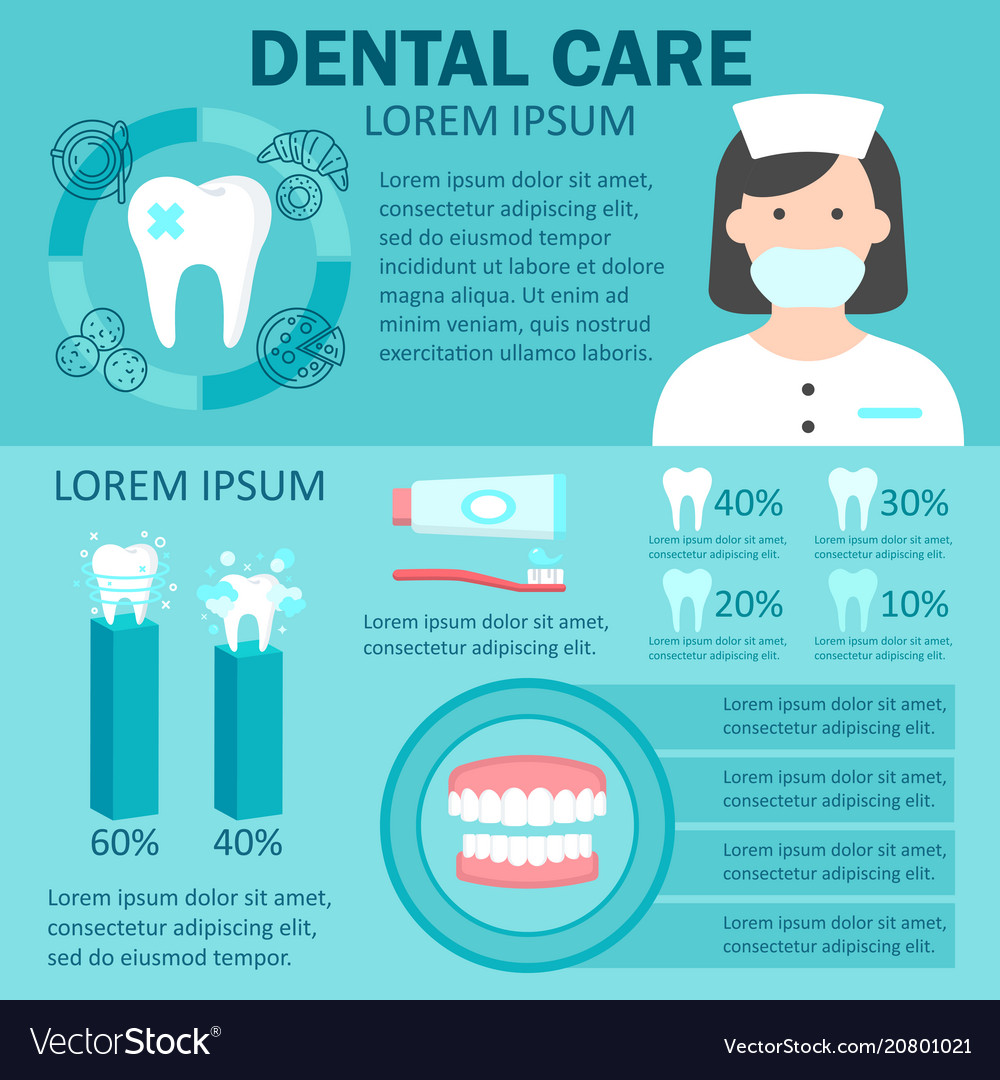Ensure You Are Planned For Unexpected Oral Emergency Situations By Having The Ability To Acknowledge The Symptoms Of Trauma And Recognizing When To Seek Immediate Clinical Interest
Ensure You Are Planned For Unexpected Oral Emergency Situations By Having The Ability To Acknowledge The Symptoms Of Trauma And Recognizing When To Seek Immediate Clinical Interest
Blog Article
Content Composed By-Tyler Schaefer
If you really feel an abrupt jolt of discomfort or observe a tooth injury, it can be upsetting. But how do you establish if it's an oral emergency that calls for instant focus? Understanding why not try here and recognizing when to look for help can make all the difference in maintaining your dental health and wellness. Recognizing when to act promptly might mean the difference between a quick fix and a lot more substantial treatment.
Common Kind Of Dental Injury
What're the usual sorts of oral injury that you should know?
Mishaps can take place, leading to various sorts of dental injuries. how to pull a tooth of dental injury is a cracked tooth. This can occur from attacking down on something difficult or experiencing a strike to the face.
Another kind is a busted tooth, where a part of the tooth can chip off. Additionally, teeth implant steps may experience a knocked-out tooth, which can take place throughout sporting activities or drops. It's vital to take care of the tooth carefully and seek instant dental interest.
Dental trauma can likewise involve a tooth that has actually been pushed out of position or loosened up as a result of an injury. This kind of injury calls for timely treatment to save the tooth.
Lastly, soft tissue injuries in the mouth, such as cuts, can additionally occur from mishaps. Finding out about these usual types of oral trauma can help you act promptly and appropriately in case of an emergency situation.
Indicators of Dental Emergencies
Recognizing the indicators of oral emergency situations is vital for punctual action and proper therapy. If you experience serious tooth discomfort that's constant and pain, it might suggest a hidden concern that requires prompt focus.
Swelling in the gum tissues, face, or jaw can also suggest a dental emergency, specifically if it's accompanied by pain or fever. Any type of kind of trauma to the mouth causing a broken, broken, or knocked-out tooth needs to be dealt with as an emergency situation to stop more damages and possible infection.
Bleeding from the mouth that doesn't stop after using stress for a few minutes is an additional red flag that you should seek emergency situation oral treatment. Furthermore, if you notice any indications of infection such as pus, a nasty taste in your mouth, or a high temperature, it's vital to see a dental professional immediately.
Neglecting these indications might cause extra major difficulties, so it's essential to act swiftly when faced with a prospective oral emergency situation.
Significance of Immediate Treatment
Prompt activity and instant treatment are essential in dealing with dental emergency situations to stop additional difficulties and make sure optimum results for your oral wellness.
When faced with a dental emergency, such as a knocked-out tooth or serious toothache, seeking instant therapy can make a considerable difference in saving your tooth and reducing discomfort. Postponing therapy can cause infection, enhanced discomfort, and also long-term damage to your teeth and gums.
By looking for emergency situation oral care quickly, you raise the opportunities of successful therapy and remediation. Dentists have the required skills and equipment to attend to emergency situations effectively, reducing the danger of long-term repercussions.
Furthermore, immediate therapy can help take care of pain and discomfort, permitting you to resume your daily activities without interruption.
Verdict
To conclude, recognizing dental trauma and recognizing when to seek first aid is critical for preserving dental health.
By acknowledging usual types of dental injuries and the signs of dental emergency situations, you can make certain punctual care to avoid additional damages and complications.
Bear in mind, seeking instant treatment can conserve teeth, minimize discomfort, and raise the possibilities of successful recuperation.
Don't wait to look for aid from a dental specialist if you experience any indicators of oral injury.
